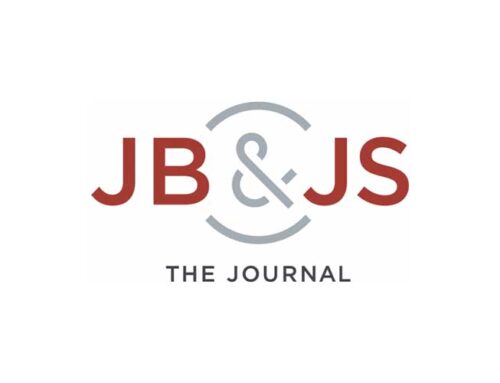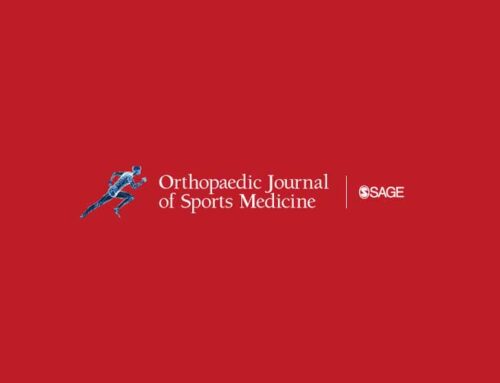BACKGROUND:
There is literature on the association between chronic preoperative pain and worse outcomes among patients undergoing hip arthroscopy for femoroacetabular impingement syndrome (FAIS). However, there are few data on whether there is an optimum window that provides the best midterm surgical outcomes.
PURPOSE:
To assess the outcomes of hip arthroscopy for FAIS according to timing of surgical intervention.
STUDY DESIGN:
Cohort study; Level of evidence, 3.
METHODS:
Patients undergoing arthroscopic intervention for FAIS with a minimum 2-year follow-up were included. All patients completed the Hip Outcome Score-Activities of Daily Living (HOS-ADL), Hip Outcome Score-Sport Specific (HOS-SS), modified Harris Hip Score (mHHS), International Hip Outcome Tool-12 (iHOT-12), and visual analog scales for pain and satisfaction. Patients were stratified by preoperative symptom duration. We compared 3 to 6 months of symptoms with other subsequent time frames (>6-12, >12-24, and >24 months). Clinically significant outcome was determined with the minimal clinically important difference and patient acceptable symptomatic state.
RESULTS:
A total of 1049 patients were included (mean ± SD: age, 32.3 ± 12.4 years; follow-up, 30.8 ± 6.7 months). Patients undergoing surgery at 3 to 6 months of symptoms had no significant differences in outcome when compared with those in the >6- to 12-month group except for the iHOT-12 (P = .028). Patients with symptom duration of >12 to 24 months and >24 months had worse outcomes across all measures (P < .001). Surgery within 3 to 6 months of symptoms was predictive for achieving the minimal clinically important difference on the HOS-ADL (odds ratio [OR], 1.81; 95% CI, 1.20-2.73) and HOS-SS (OR, 1.90; 95% CI, 1.11-3.17), as well as the patient acceptable symptomatic state on the HOS-ADL (OR, 1.85; 95% CI, 1.34-2.56) and HOS-SS (OR, 1.58; 95% CI, 1.14-2.18), when compared with the other groups. In multivariate regression analysis, symptom duration was predictive of visual analog scale for pain (β = 3.10; 95% CI, 1.56-4.63; P < .001) and satisfaction (β = -4.16; 95% CI, -6.14 to -2.18; P < .001).
CONCLUSION:
Among patients with FAIS, surgical intervention early after the onset of symptoms (3-6 months) was associated with superior postoperative outcomes when compared with patients who underwent surgical intervention beyond this time frame. This information may help guide preoperative decision making regarding delay of surgery. These findings should be confirmed in a prospective study.









